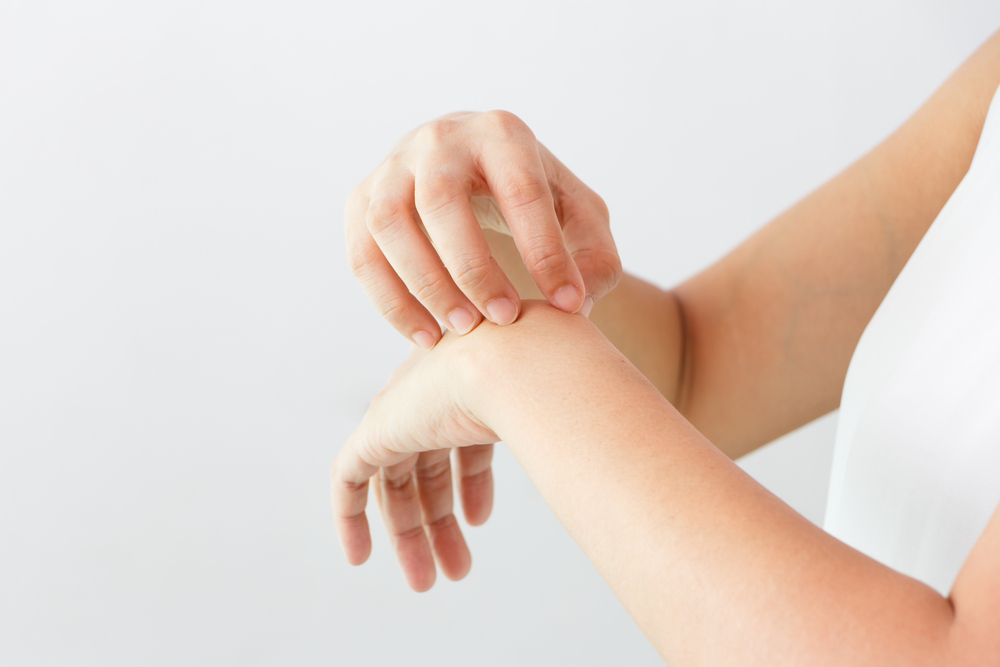Dyshidrotic eczema is a skin problem that leads to the formation of blisters in the soles of the feet or the palms of the hands. The blisters are often itchy and they may have fluid; they usually appear for two to four weeks and may be due to stress or seasonal allergies.


